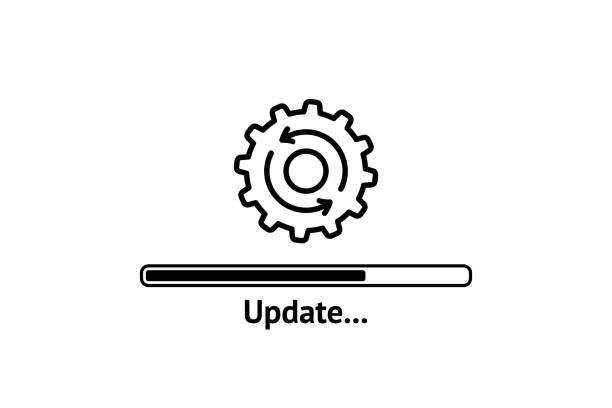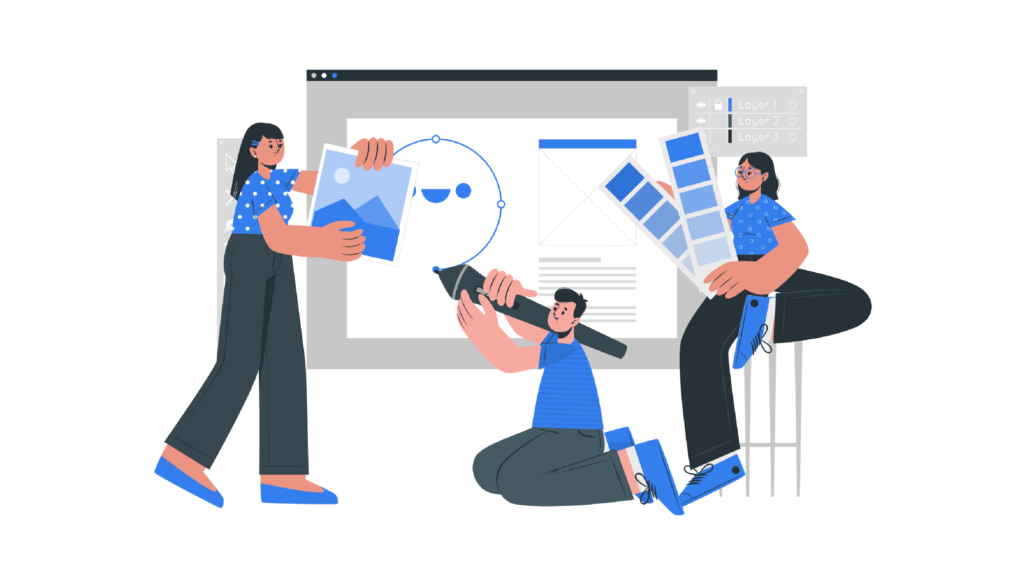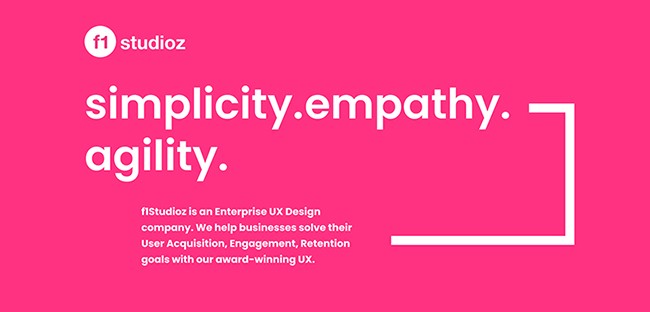Product Redesign is the process of re-creating a product or making significant changes to it that change the user experience. Redesigning websites and applications should be a regular undertaking for all businesses as it allows them to stay in touch with current industrial design standards and relevant trends and address their users’ most pressing issues with the products. That said, redesigns should be approached responsibly. When done right, it will make potential users happier and more loyal, but when done wrong, things can go south pretty quickly.
There are several reasons why different businesses might want to bring in a change in a product’s appearance and experience. However, starting this process with a good understanding of the problems you’re trying to solve is essential. Having any changes in branding frequently implies a full-scale aesthetic redesign.

What is product redesign?
Even an initially perfect design can become irrelevant as customer tastes and preferences, fashion, technologies, and corporate philosophy tend to change due to the highly volatile market. One must keep their digital product highly competitive, deliver maximum customer value, and effectively reach their business goals. Redesigning a pre-existing product is different from designing a product that does not have any history or predecessors. It may have a different set of data for industrial design to begin development from because a user base, sales information, competitor information, and other relevant feedback already exists.
Why do we need to redesign products?
Understanding the purpose of implementing changes helps the designer to optimize the creative debates or efforts and develop practical solutions. Many product teams practice continuous research and development studies and make incremental redesigns based on case studies and analytical data received from various customer feedback.
These are some of the core reasons to conduct a product redesign:
- Outdated look and feel
- New branding
- New features or technological upgrades
- Changes in the product architecture
- UX optimization
- Low customer satisfaction and conversions
- Expanding to new markets
Using a comprehensive customer-centric UX audit helps identify optimal changes. Often, stakeholders, design agencies, or product owners have their vision of how to redesign a product; this is called the pilot build. However, the end users may feel differently. They are often more conservative than the firms or product owners. While most consumers like increased comfort and faster performance, they still want to use an app they’re familiar with. A radically new product design may look cool, but introducing a new one risks losing customer loyalty. The designer needs to have research-proven reasons for their product redesign to avoid potential risks.
When should you redesign a product?
Usually, a design refresh is required for rebranding the core idea of the particular product, changes in color or style, changing the location of individual UI elements, etc. A design refresh implies minor changes in the product’s code, as the structure and functionality remain mostly the same. Improving existing products builds a positive and robust image among customers. They appreciate efforts to address their pains and enhance the quality of service. In addition, improvements increase customer loyalty and prevent customers from switching to alternative solutions; many conversions will also occur.

How do you redesign a product?
User feedback is a precious asset to any business out there. It’s free insights from the people who use the product or website and probably fall perfectly into a designer’s or firm’s user persona. By redesigning the experience with the principles in mind, one can address the most common and pressing issues they’re facing with their product. The workflow carried out by the firm will be effective for various scopes of a product redesign, from upgrading a single feature to completely revamping a solution or just sticking to one minute change without altering the design system.
From the business point of view, one should aim to make it agile and quick to adopt. Executing a full-fledged redesign from scratch can be demanding and requires much research. A framework to follow will make things much more accessible and remove a host of potential hiccups. Every redesign process has various objectives, so defining one’s goals as clearly as possible is critical. Start by questioning the core intentions for this redesign in the first place.
Change is not an event, and change is a highly subjective process.
Further, run some desk research to identify the users’ issues and whether the designer is in tune with their market. Once you’ve defined your central hypotheses, exploring potential solutions is time. Think of the best way to incorporate the identified changes and how they’ll impact the grand scheme.

In a redesign, they have user, business, and competitive history as data for a starting point for improvements, like reference material. This information can be helpful or detrimental, so staying open-minded to changes to old ways of doing things is still relevant. With efforts for “first” products, gathering design data, user input, market understanding, and business goals can be essential to improving chances for success. Retesting concepts with users will be beneficial for the most success. The challenges, starting point, and understanding may be different for designing a new product versus redesigning an existing product.
However, in the end, the users are still people that appreciate thoughtful designs that improve their lives.







